Quadratus Lumborum Muscle
Introduction
The Quadratus lumborum muscle is a posterior abdominal wall muscle located deep within the belly and dorsal to the iliopsoas. It is the deepest muscle of the posterior abdominal wall and is frequently misidentified as a back muscle. It has an irregular shape, although it is often quadrangular, which is why it is called ‘quadratus’ in Latin.
The quadratus lumborum muscles arise from the ilium’s wings and insert on the transverse processes of the upper four lumbar vertebrae as well as the lower posterior border of the twelfth rib. When one of the two muscles contracts, the lumbar spine bends to the side, the pelvis rises, or both. ContractionBoth generate lumbar spine extension when they contract.
A quadratus lumborum muscular issue is pain caused by muscle fatigue caused by prolonged sitting, such as at a computer or in a car. Kyphosis and weak gluteal muscles can potentially be the cause of quadratus lumborum pain.
It attaches to the twelfth rib in addition to the spine, making it critical for the stabilization of both the vertebral column and the rib during various spine movements. To palpate the muscle, position your fingers over the posterior iliac crest at the level of your hip.
Origin and Insertion
The quadratus lumborum muscle is formed by aponeurotic fibers that enter the iliolumbar ligament and the internal lip of the lumbar spine. For about 5 centimeters (2.0 in), aponeurotic fibers enter the iliolumbar ligament and the internal lip of the iliac crest to form the quadratus lumborum muscle. It insertion over for about half of its length from the lower border of the last rib and also by four little tendons from the apices of the transverse processes of the upper four lumbar vertebrae.
Nerve supply
The subcostal nerve (T12) and anterior rami of spinal nerves L1-L4 innervate the quadratus lumborum, as do the iliohypogastric and ilioinguinal nerves (both from L1) and branches from the ventral rami (L2 and L3).
Blood supply
The quadratus lumborum receives blood supply via the lumbar, subcostal, median sacral, and iliolumbar arteries.
Function
The quadratus lumborum, in essence, aids in the stabilization and mobility of the spine and pelvis. A bilateral contraction muscle causes the lumbar spinal column to extend position. When only one side of the muscle is engaged, the trunk bends in that direction (lateral flexion). The quadratus lumborum has four functions:
- Lateral vertebral column flexion with ipsilateral contraction
- Lumbar vertebral column extension with bilateral contraction
- During forced expiration, it fixes the 12th rib. Inhalation is assisted by the quadratus lumborum.
- Increases the height of the Ilium (bone) through ipsilateral contraction (“hip hiking”).
Additional functions include vertical pelvic, lumbar spine, and lumbosacral junction stability. Prevents the spinal column from collapsing in the frontal plane (scoliosis). Reserve mover acts include Tilt of the pelvis to the front. lateral pelvic contralateral rotation.
Clinical significance
When the quadratus lumborum muscles are overused or in co-occurrence with scoliosis or weak gluteal muscles, they can many times cause back pain.
Mechanism
The quadratus lumborum is a common cause of unilateral or bilateral lower back pain, involving localized pain and sensitivity across the ilium’s wing. Because the quadratus lumborum connects the pelvis to the spine and can thus extend the lower back when contracted bilaterally, when the lower fibers of the erector spinae muscle are weak or inhibited (as they frequently are in the case of habitual seated computer usage and/or the use of the lower back asset in a chair), the two quadratus lumborum muscles pick up the space. Constant contraction while seated can misuse the quadratus lumborum, resulting in muscle exhaustion, due to their comparable mechanical disadvantage. As with any other muscle, a persistently tightened quadratus lumborum may experience decreased blood flow and, with time, adhesions in the muscle and fascia may form, leading to muscle spasms.
Relationship with kyphosis
Kyphosis, which is invariably accompanied by rounded shoulders, places greater stress on the quadratus lumborum by shifting body weight forward, forcing the erector spinae, quadratus lumborum, multifidi, and especially the levator scapulae to work harder in both seated and also standing positions to maintain an erect torso and neck in alignment. A patient’s sensation of “productive pain” or pleasure while palpating the quadratus lumborum is symptomatic of such a condition.
Relationship with weak gluteal muscles
Hip abduction is predominantly performed by the gluteus medius and minimus. When the gluteus medius/minimus is weak or inhibited, the tensor fasciae latae or quadratus lumborum takes over as the principal mover. The most compromised hip abduction movement pattern is when the quadratus lumborum starts the movement, resulting in hip hiking during the swing phase of gait. The lumbar segments are subjected to significant side-bending compressive pressures when hip hiking. As a result, a tight quadratus lumborum may be another unnoticed source of low back pain.
When the hip adductors are tight or hypertonic, its antagonist (the gluteus medius) may be inhibited reciprocally. The gluteus medius will weaken and become inhibited. This, in turn, may result in ipsilateral quadratus lumborum hypertonicity. Because of its propensity to exert compressive stress on the lumbar segment, chronic hypertonicity of the quadratus lumborum causes low back discomfort.
Exercise of Quadratus Lumborum Muscle
For unilateral lower back discomfort on one side, it is recommended to perform stretching and strengthening exercises for the quadratus lumborum muscle. Additionally, a comprehensive rehabilitation program should include heat or ice therapies and massage.
Stretching: To increase the mobility of the quadratus lumborum muscle. Bend your trunk in the opposite direction of the pain/symptoms side and ideally bend forward to what you can handle position. Position yourself to the side of the seat, almost off the edge, for the seated quadratus lumborum stretch. Extend your leg in front of you, allowing your body weight to balance out and straighten the side of your torso. Reach your arm overhead and bend your trunk away from the side to stretch the quadratus lumborum.
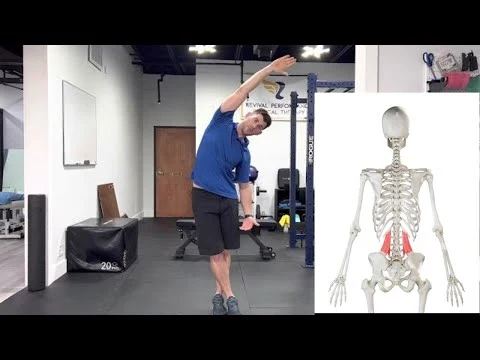
Stability exercise: Stability exercises will help to activate the QL muscle and kick-start the healing process, as well as promote pain-free trunk and low back movements in the long run. To begin, low-level trunk/core workouts that focus on training the QL muscle at an optimal length for the mending muscle fibers (not ‘too short or too long’) are recommended. These types of stability exercises also help to strengthen the endurance of the QL muscle fibers, allowing you to do the activities and hobbies you enjoy for as long as you want without experiencing back pain or spasms! The QL muscle is intended to aid in the stabilization of the trunk and pelvis. You will stress trunk and pelvic stability by performing weighted unilateral exercises in a standing stance and balancing on one foot.
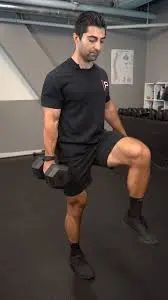
Strengthening exercise: Begin by resting on your back, knees bent, and feet flat on the ground. Bring your knees up to your chest, forming an “L” with your hips and lower legs. Stretch your arms out to your sides. Slowly lower your knees to one side. Use your core to allow them to fall and then bring them back up. Alternate between heading to both sides. You should feel your core muscles working and your lower back stretching. Keep your knees together and your hips straight up. Maintain your upper back and shoulder blades on the ground as you rotate. The bird dog exercise is seen in both resistance training programs and rehabilitative plans since it has low resistance but yet serves as an efficient quadratus lumborum strengthening exercise, even for more skilled exercisers.
Bird Dog
The bird dog exercise is most commonly performed without the use of additional resistance equipment, however, persons seeking higher resistance can practice it with the aid of a cable machine or resistance bands wrapped around the wrist or knee, increasing the intensity of the exercise. The only thing needed for the bird dog exercise is a comfortable surface or exercise mag to lie on.

Lying on all fours on a suitable surface, the exerciser will flex their core muscles and retract their scapula before elevating one arm and leg on the opposite side of their body. After holding this position for many counts, they will return to all-fours before repeating the technique with the other side’s limbs. This concludes a round of the bird dog exercise.
QL Hip Hike
The hip hike is an excellent exercise for isolating and strengthening the QL muscle. Place one foot on an elevated surface (such as a step or a solid box) and the other foot on the side. Allow the hip of your hanging foot to descend, then engage your QL to elevate it back to the starting position. Repeat 10-12 times on each side.
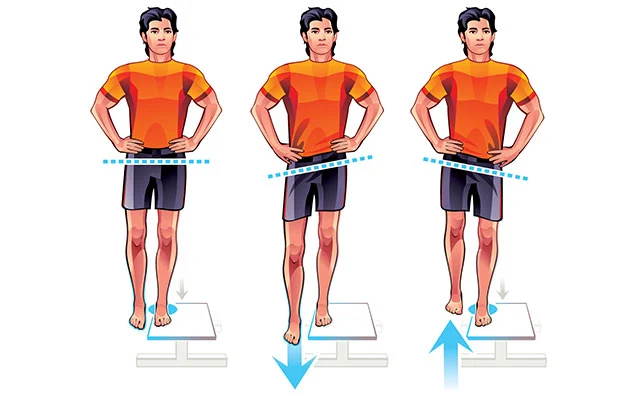
FAQ
What is the quadratus lumborum muscle?
The quadratus lumborum is an extension of the transverse abdominal muscle. The latter is a component of the body’s anterior fascial system (which includes the deep anterior fascia of the neck, the endothoracic fascia, the transversalis fascia, and the pubis). The transversalis fascia is a tissue that runs through the abdominal musculature.
What is the major purpose of the quadratus lumborum?
The quadratus lumborum, in essence, aids in the stabilization and mobility of the spine and pelvis. A bilateral contraction causes the lumbar spinal column to extend position. When only one side of the muscle is engaged, the trunk bends in that direction (lateral flexion).
What are the advantages of having a strong quadratus lumborum?
A strong quadratus lumborus can aid in the maintenance of good spinal alignment, the prevention of lower back pain, and the promotion of ideal movement patterns throughout daily activities and sports. You can enhance general core strength and build a stronger, more stable lower back by including QL-specific workouts in your program.
Is it possible for tight QL to induce knee pain?
Quadratus lumborus tightness shortens the waist on a similar side, putting strain on the lumbar area and also potentially causing consequential back pain, as well as a falling shoulder, which can lead to scapular issues. This persistent pulling on one side can cause a variety of additional unpleasant symptoms, including Pain in the lower back. Knee ache.
What if the quadratus lumborum is injured?
When the Quadratus Lumborum (QL) muscle becomes tense, it can cause pain in the affected side of the spine, leading to joint pain, disc pain, or postural issues. According to clinical research, patients with a posteriorly (or rearward) inclined pelvis are more likely to have a tight Quadratus Lumborum (QL).

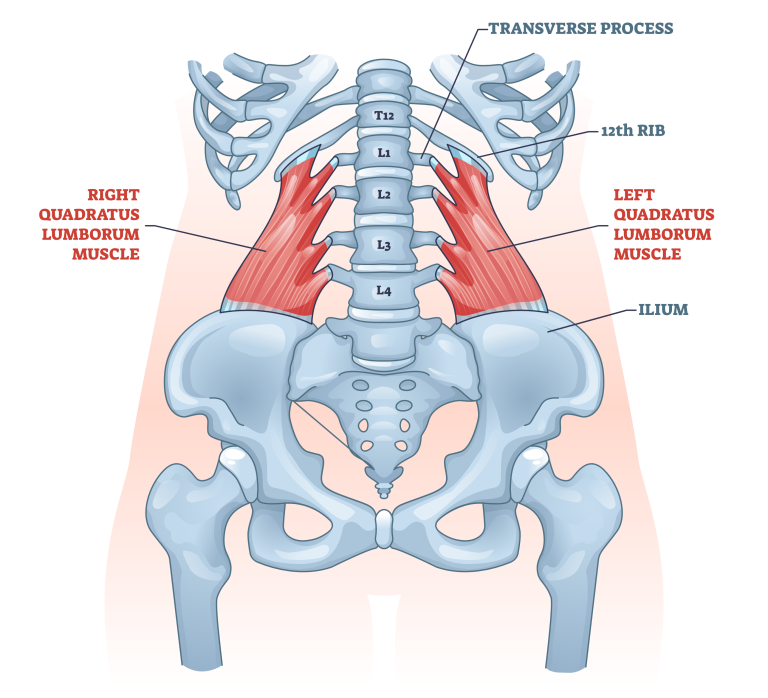

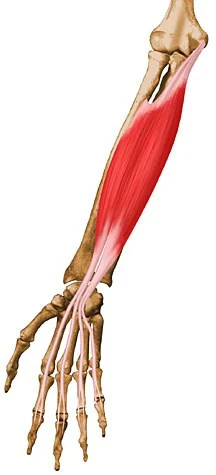
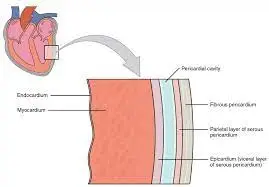

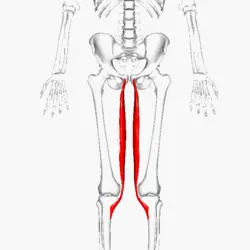
One Comment